Types of Stacked Parking Systems
A stacked parking system is an innovative mechanized solution that utilizes specialized frameworks to efficiently store and retrieve vehicles. By stacking vehicles vertically or horizontally, these systems maximize land usage and dramatically increase parking capacity in limited spaces. Suitable for both indoor and outdoor installations, stacked parking systems offer versatile solutions for urban environments facing space constraints.
Vertical Stacker Parking System
This framework features two vertical columns for vehicle storage. The primary column accommodates one vehicle, while the secondary column can house two vehicles. This configuration creates a compact three-vehicle capacity system that excels in locations with severe floor space limitations.
Best for: Extremely limited floor space, small businesses, residential applications
Double Stacker Parking System
Consisting of two layers of parking stalls, this system effectively doubles parking capacity by stacking vehicles one above the other. Each stall is sized to accommodate a standard vehicle, making this a popular choice for medium-sized parking facilities seeking to enhance capacity.
Best for: Commercial buildings, mid-sized residential complexes, urban developments
Triple Stacker Parking System
Taking vertical stacking to the next level, this system incorporates three layers of parking stalls, tripling the parking capacity of a standard lot. Each stall is dimensioned to house one standard vehicle, with hydraulic or mechanical systems facilitating movement between levels.
Best for: High-density urban areas, large commercial complexes, parking garages
Rotary Parking System
This sophisticated mechanized system utilizes turntables to efficiently park and retrieve vehicles. The rotary mechanism allows for high-density parking in minimal floor space, making it ideal for congested urban environments. With its high capacity and rapid operation, this system effectively addresses high-demand parking scenarios.
Best for: High parking demand areas, luxury developments, limited footprint locations
Shuttle Parking System
Incorporating an automated transport framework, the shuttle system moves vehicles horizontally and vertically to appropriate parking spaces. This highly efficient system accommodates substantial parking demand while ensuring quick vehicle retrieval. The automated shuttle operates with precision to minimize wait times and maximize user satisfaction.
Best for: Large-scale parking operations, airports, shopping malls, transit centers
| Parking System Type | Vehicle Capacity | Space Efficiency | Installation Complexity | Best Application |
|---|---|---|---|---|
| Vertical Stacker | 3 vehicles | High | Medium | Small spaces, residential |
| Double Stacker | 2× original capacity | Medium | Low | Commercial buildings |
| Triple Stacker | 3× original capacity | Very High | Medium | High-density urban areas |
| Rotary System | 10-20 vehicles | Extremely High | High | Luxury developments |
| Shuttle System | 20+ vehicles | Extremely High | Very High | Large-scale operations |
Expert Tip: When evaluating stacked parking systems, consider not only your current capacity needs but also future growth. Many systems can be expanded modularly, allowing for incremental scaling as demand increases.
Specifications and Maintenance of Stack Parking Systems
Understanding the technical specifications of stack parking systems is crucial for selecting the right solution for your needs. These systems vary significantly in their capabilities, dimensions, and operational requirements.
Parking Capacity
Stack parking systems are engineered to accommodate a specific number of vehicles, ranging from simple 2-car solutions to complex structures housing 10+ vehicles. Each configuration is designed to optimize space while ensuring safe operation and accessibility.
Footprint
The base area occupied by a stack parking system is a critical consideration, especially in urban environments where space is at a premium. Modern systems are increasingly designed with compact footprints to maximize land utilization while maintaining operational efficiency.
Height
The vertical clearance requirement varies by system type, with each parking level typically requiring 1.5-3 meters of height. Total system height must comply with local building codes and zoning regulations, which may impose limitations in certain areas.
Power and Control
Most advanced stack parking systems incorporate electric or hydraulic power systems for vehicle movement, with computerized control interfaces for operation. Modern systems may feature smartphone integration, RFID access, and remote monitoring capabilities.
Safety Features
Contemporary stack parking solutions prioritize safety with emergency stop mechanisms, anti-collision sensors, safety barriers, and comprehensive alarm systems. These features work in concert to protect both vehicles and operators during system operation.
Vehicle Specifications
Each parking system has defined limitations for vehicle dimensions and weight capacity. Standard configurations typically accommodate vehicles up to 5,000 lbs, while specialized systems may support heavier vehicles like SUVs and electric vehicles with their substantial battery weight.
Construction Materials
Stack parking structures typically utilize high-grade materials such as galvanized steel for corrosion resistance, aluminum for weight reduction, and reinforced concrete for foundational stability. Material selection significantly impacts system durability, especially in outdoor installations exposed to environmental factors.
Comprehensive Maintenance Requirements
Proper maintenance is essential for ensuring the safety, reliability, and longevity of stack parking systems. A well-maintained system not only operates more efficiently but also minimizes the risk of costly breakdowns and extends service life.
| Maintenance Task | Frequency | Importance | Key Actions |
|---|---|---|---|
| Regular Inspections | Monthly | Critical | Check mechanical components, electrical systems, and hydraulic connections for wear, damage, or leaks |
| Cleaning | Weekly | High | Remove dirt, debris, and contaminants from moving parts, platforms, and operational areas |
| Lubrication | Quarterly | High | Apply appropriate lubricants to chains, bearings, rails, and other moving components |
| Load Management | Ongoing | Critical | Monitor vehicle weights and enforce capacity limits to prevent structural damage |
| Safety Checks | Bi-weekly | Critical | Test emergency stops, barriers, alarms, and other safety mechanisms |
| Electrical Maintenance | Quarterly | High | Inspect wiring, connections, control panels, and power systems for functionality |
| Structural Assessment | Annually | Critical | Evaluate structural integrity, foundation stability, and overall system alignment |
Important Safety Notice: Always disconnect power before performing maintenance tasks on electrical or hydraulic components. Follow manufacturer guidelines for all maintenance procedures and use only approved replacement parts to maintain system integrity and warranty coverage.
How to Choose an Electric Vehicle Stack Parking System
Selecting the optimal stack parking system for electric vehicles requires careful consideration of several critical factors. As EV adoption increases, parking infrastructure must adapt to accommodate these vehicles' unique requirements while maximizing space utilization and operational efficiency.
Space Availability Assessment
Conduct a thorough evaluation of your available space, considering not only the footprint but also height clearances and access points. Different stack parking configurations require specific dimensions, and selecting a system that optimizes your particular spatial constraints is essential for maximizing ROI.
Parking Capacity Requirements
Determine your current and projected parking needs based on facility usage patterns and growth forecasts. High-demand areas benefit from larger capacity systems, while smaller installations may prioritize efficient space utilization over total capacity.
EV Dimensions Compatibility
Electric vehicles often have different weight distributions and dimensions compared to conventional vehicles. Ensure your selected system can accommodate various EV models, including larger SUVs and vehicles with extended battery packs that may affect ground clearance.
Charging Infrastructure Integration
For optimal EV owner experience, consider systems that incorporate or allow for easy integration with charging infrastructure. Advanced systems may feature built-in charging capabilities for each parking position, eliminating the need for separate charging stations.
Safety and Security Features
Evaluate comprehensive safety measures including fire prevention systems (especially important for EVs), emergency access protocols, surveillance capabilities, and anti-theft mechanisms. The best systems incorporate redundant safety features to protect both vehicles and users.
Operational Efficiency
Assess retrieval and parking times, automation level, user interface simplicity, and attendant requirements. Time-efficient systems enhance user satisfaction and facility throughput, especially in high-turnover environments like commercial parking facilities.
Noise and Aesthetic Considerations
Evaluate the acoustic impact and visual appearance of potential systems, particularly for installations in residential areas or upscale commercial developments. Modern systems offer quieter operation and can be designed to complement architectural aesthetics rather than detract from them.
Advantages of EV-Optimized Stack Systems
- Integrated charging capability maximizes convenience
- Enhanced weight capacity accommodates heavier EV batteries
- Space optimization addresses charging infrastructure requirements
- Advanced fire suppression systems for battery safety
- Potential for smart grid integration and power management
Challenges to Consider
- Higher initial investment compared to conventional parking
- Additional electrical infrastructure requirements
- Potential compatibility issues with future EV models
- Maintenance complexity increases with charging integration
- User adaptation and training period required
Expert Recommendation: Consult with both parking technology specialists and EV infrastructure experts when planning your installation. The intersection of these domains requires specialized knowledge to ensure optimal system selection. Consider commissioning a detailed feasibility study for large-scale implementations to identify potential challenges before significant investments are made.
Maintenance Best Practices for Stack Parking Systems
Regular and thorough maintenance is essential for ensuring the safe, efficient, and long-lasting operation of your stack parking system. Implementing a structured maintenance program can prevent costly breakdowns, extend equipment lifespan, and maintain operational safety standards.
Preventive Maintenance Schedule
Develop a comprehensive maintenance calendar based on manufacturer recommendations, usage patterns, and environmental conditions. Categorize tasks by daily, weekly, monthly, quarterly, and annual requirements to ensure all components receive appropriate attention at optimal intervals.
Component-Specific Maintenance
Different system elements require specialized maintenance approaches. Hydraulic systems need fluid level checks and replacement, mechanical components require lubrication and wear assessment, and electrical systems need connection inspection and testing.
Documentation and Record-Keeping
Maintain detailed logs of all maintenance activities, repairs, and inspections. These records provide valuable historical data for identifying recurring issues, planning preventive maintenance, and complying with safety regulations and insurance requirements.
Critical Safety Notice: Never attempt maintenance on electrical or hydraulic components without proper training and safety procedures. Always follow lockout/tagout procedures when servicing powered equipment to prevent accidental operation during maintenance activities.
How to DIY and Replace Stacked Parking Systems
While complex stack parking systems require professional installation, some simpler models can be suitable for DIY installation by individuals with good mechanical aptitude. The following guide outlines the general process for replacing or installing a basic stack parking system.
Safety Warning: Stack parking systems involve heavy components and complex mechanisms. Improper installation can result in serious injury or property damage. Always consult manufacturer instructions and consider professional installation for complex or large-scale systems.
Select a Suitable Location
Choose a flat, stable area with adequate drainage and no structural damage. Ensure the location has:
- Proper illumination for safety during operation
- Sufficient clearance for vehicle entry/exit and system operation
- Appropriate load-bearing capacity for the system and vehicles
- Access to necessary power sources for electrically-operated systems
Gather Necessary Tools and Materials
Assemble all required tools before beginning the installation process:
- Basic hand tools: screwdrivers, wrenches, socket sets, and pliers
- Power tools: drill with appropriate bits, impact driver
- Measuring instruments: tape measure, level, and square
- Specialized tools as specified by the manufacturer
- Safety equipment: gloves, eye protection, hard hat, and steel-toed boots
Disassemble the Old System
If replacing an existing system, carefully dismantle it using proper procedures:
- Disconnect all power sources and hydraulic connections
- Remove components in the reverse order of original installation
- Document the disassembly process for reference during new installation
- Properly dispose of or recycle old components according to local regulations
Inspect and Prepare the Site
Thoroughly evaluate the installation area:
- Check for and repair any floor damage or uneven surfaces
- Ensure proper drainage to prevent water accumulation
- Mark anchor points and mounting locations according to system specifications
- Verify electrical connections meet code requirements and system needs
Assemble the New System
Follow manufacturer instructions meticulously during assembly:
- Organize components logically before beginning assembly
- Verify all parts are present and undamaged
- Follow the specified assembly sequence exactly
- Use proper torque specifications for all fasteners
- Install safety features according to manufacturer guidelines
Secure and Install the System
Properly anchor the system to ensure stability and safety:
- Use appropriate anchoring hardware for your floor material (concrete, asphalt, etc.)
- Ensure the system is perfectly level during installation
- Follow specified anchoring patterns and depths
- Connect electrical components according to wiring diagrams and local codes
Test the System Thoroughly
Before regular use, conduct comprehensive testing:
- Perform multiple operation cycles without vehicles
- Test with lightweight load before maximum capacity
- Verify all safety mechanisms function correctly
- Check for unusual noises, vibrations, or movements
- Ensure smooth operation through complete motion range
Professional Insight: Even if installing a simpler system yourself, consider having a professional inspection after completion to verify safety and compliance with local building codes. This small investment can prevent costly problems and ensure insurance coverage remains valid.
Frequently Asked Questions
A car stacker is an exceptionally space-efficient parking solution that can save up to 60% of the area required by conventional parking methods. For example, a standard double stacker system typically requires only the footprint of a single parking space plus minimal clearance, yet provides two complete parking positions. The actual dimensions vary by manufacturer and model, with typical installations requiring ceiling heights of 11-16 feet for double stackers and proportionally more for triple stackers.
Modern car stackers incorporate multiple safety features designed to protect both users and vehicles:
- Emergency stop buttons positioned for quick access during operation
- Safety gates and barriers to prevent accidental entry during movement
- Overload protection devices that prevent operation when weight limits are exceeded
- Redundant locking mechanisms to secure platforms in position
- Anti-fall protection systems to prevent platform collapse in case of power failure
All reputable manufacturers ensure their systems comply with international safety standards and undergo rigorous testing before installation. Regular maintenance further enhances safety by ensuring all mechanisms function as designed.
Stack parking systems can be customized to accommodate a wide range of vehicle types and sizes. Modern systems are designed with adjustable features to handle:
- Standard sedans and compact cars (typical dimensions: 14.7ft × 6.5ft × 4.8ft)
- SUVs and crossovers with greater height and weight requirements
- Electric vehicles with their unique weight distribution due to battery placement
- Some luxury or performance vehicles with lower ground clearance
Many manufacturers offer customizable platform widths, heights, and weight capacities to meet specific requirements. When selecting a system, it's important to consider the largest and heaviest vehicles that will regularly use the parking facility.
Installation time for vehicle stackers varies significantly based on several factors:
| System Type | Typical Installation Time | Factors Affecting Timeline |
|---|---|---|
| Basic Double Stacker | 1-3 days | Site preparation, electrical requirements |
| Triple Stacker | 3-5 days | Complexity, ceiling height modifications |
| Rotary System | 1-2 weeks | Mechanical complexity, control system setup |
| Shuttle System | 2-4 weeks | Size, automation level, integration requirements |
These timelines assume optimal conditions and experienced installers. Factors such as site accessibility, weather conditions for outdoor installations, and required structural modifications can extend the installation period.
Yes, most modern parking stacker systems are designed with scalability in mind. Expansion options include:
- Modular designs that allow additional units to be installed alongside existing systems
- Upgradable components to increase capacity (e.g., converting a double stacker to a triple stacker)
- Integration capabilities with different system types to create hybrid parking solutions
- Software updates for automated systems to accommodate expanded configurations
When planning initial installation, it's advisable to discuss future expansion possibilities with your system provider. Certain site preparations during initial installation can significantly reduce costs and complexity when expanding later. Many manufacturers offer consultation services to help plan staged implementations that align with projected growth requirements.



















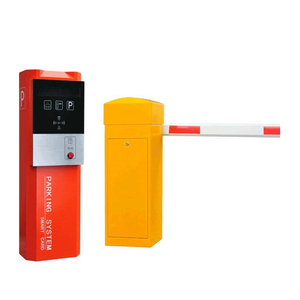
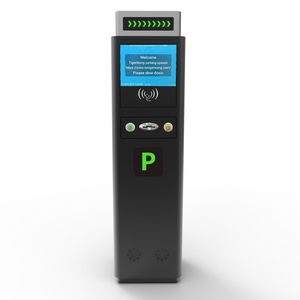




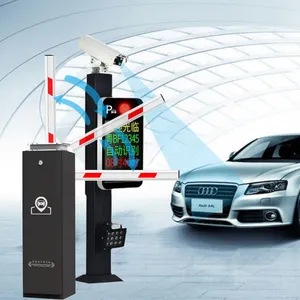
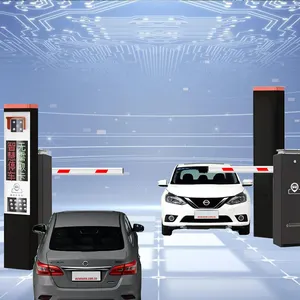









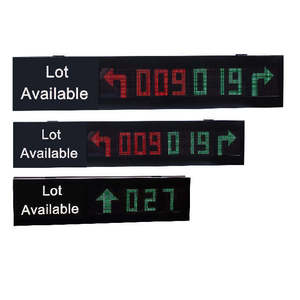































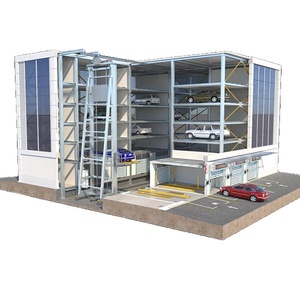










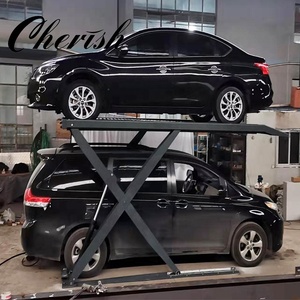

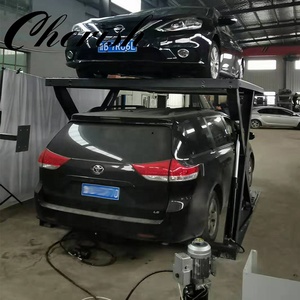



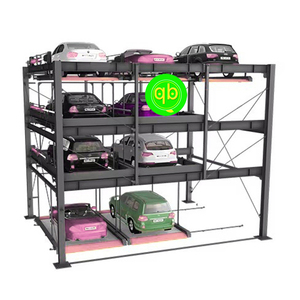

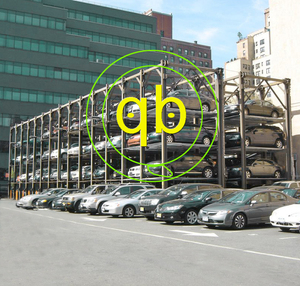





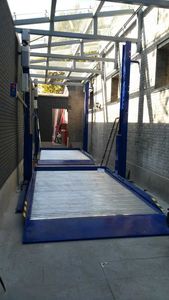











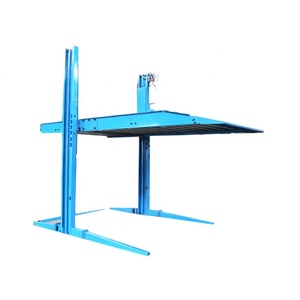
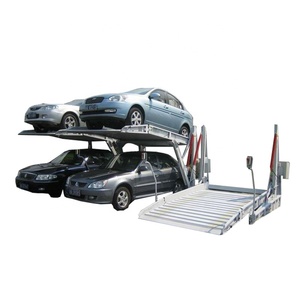











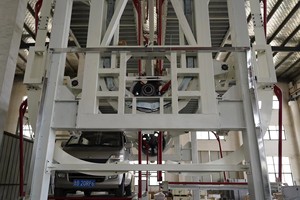





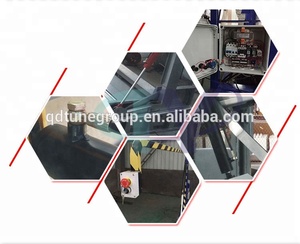














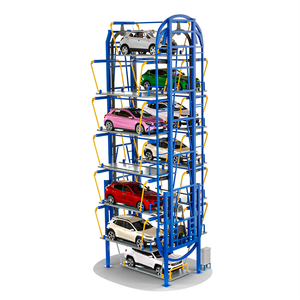
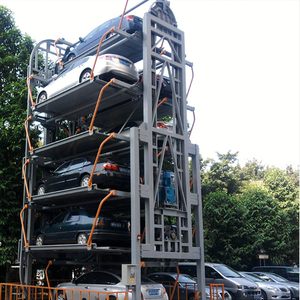


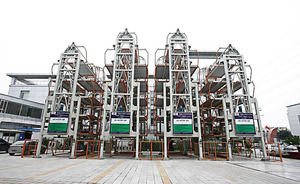









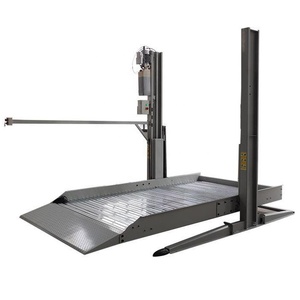



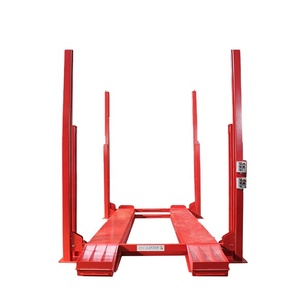


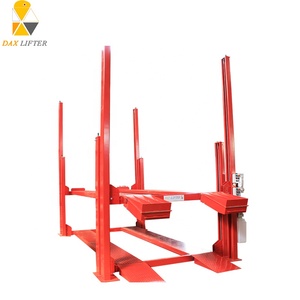
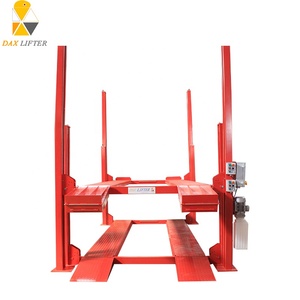

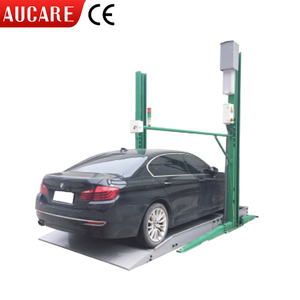


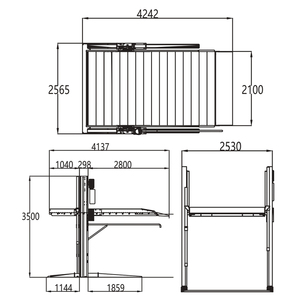


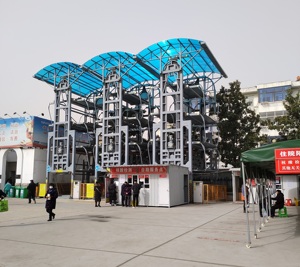


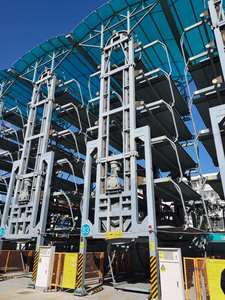

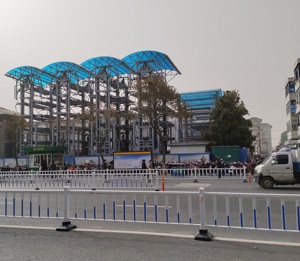





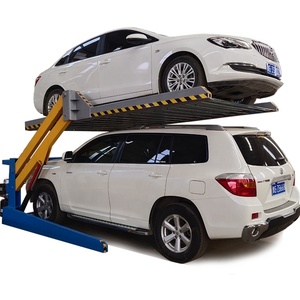

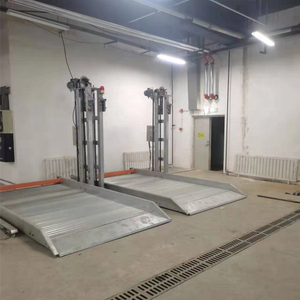

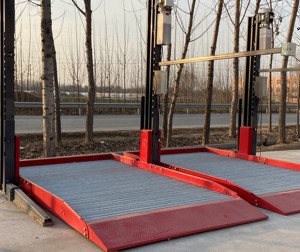

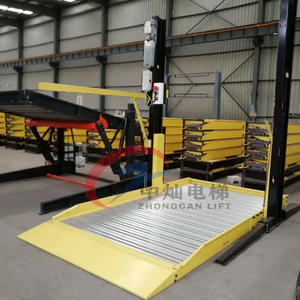
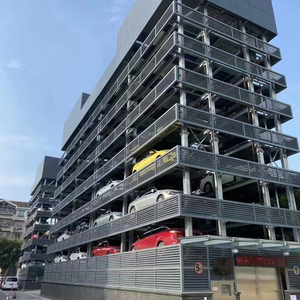

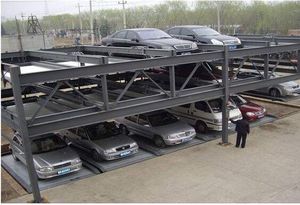

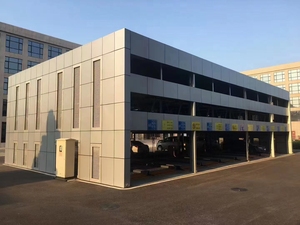


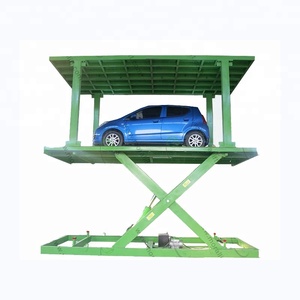

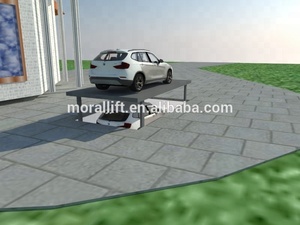



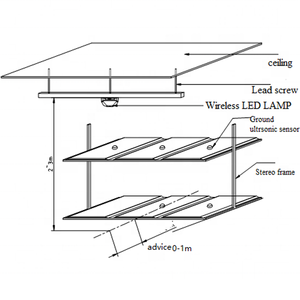

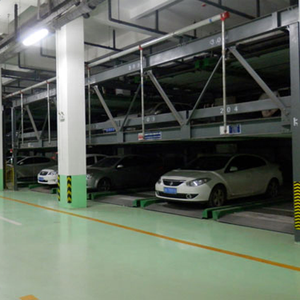

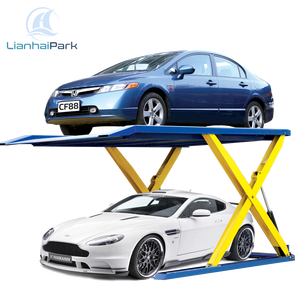



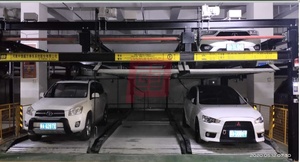


















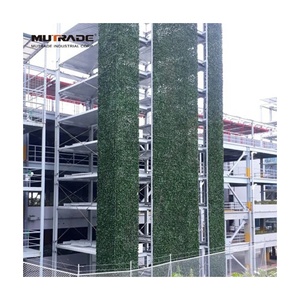

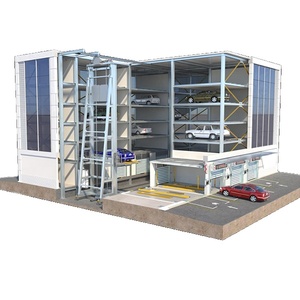





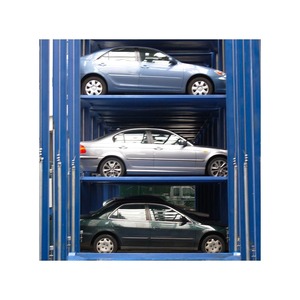




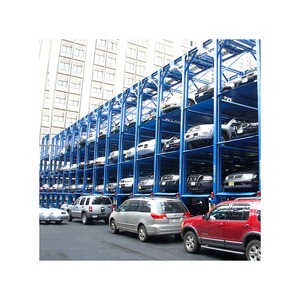
















 浙公网安备 33010002000092号
浙公网安备 33010002000092号 浙B2-20120091-4
浙B2-20120091-4